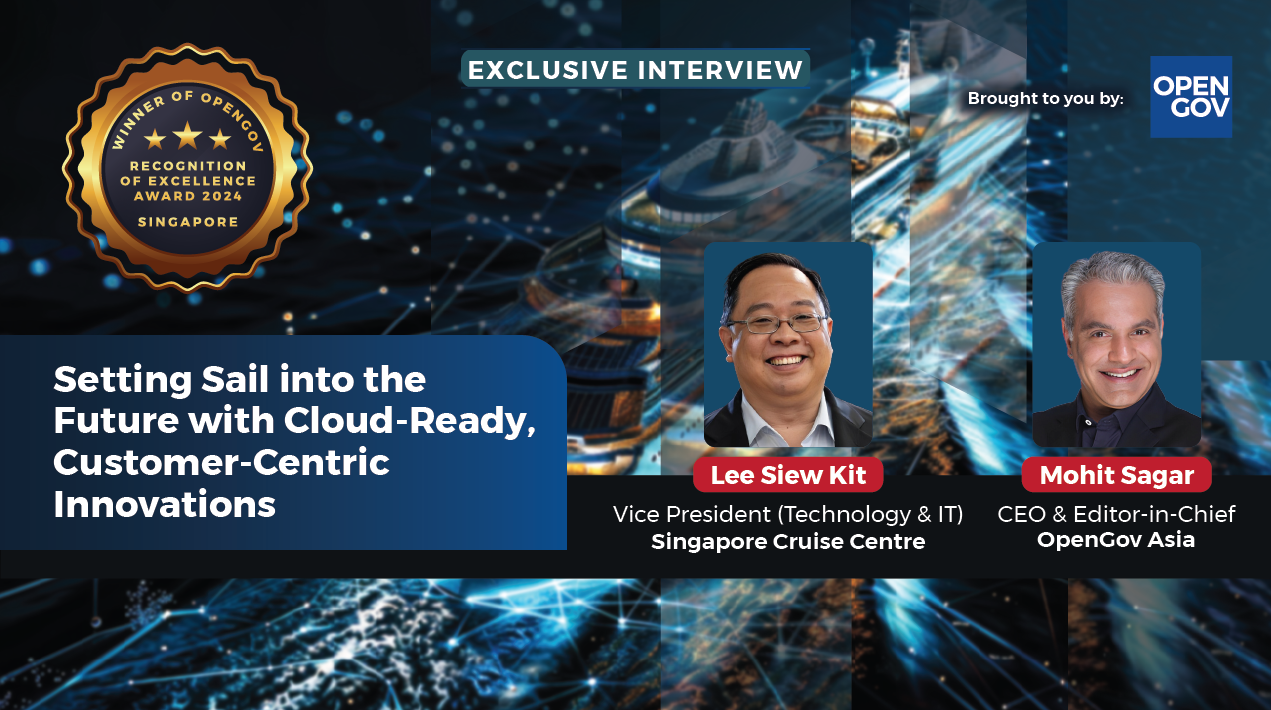
Open Gov Asia recently had the opportunity to speak with the Co founder of RESYNC, a cloud-based energy management solution, Dr Jyantika Soni. RESYNC have been shortlisted for this years DBS Foundation Social Impact Prize at the Lee Kuan Yew Global Business Plan Competition (LKYGBPC) will be awarded to the most innovative business plans / start-ups / early-stage ventures that address pertinent urban challenges faced by cities of today.
“The grid and buildings are evolving faster than ever, with localised generation using solar on their rooftops, electric vehicles in their parking, dynamic pricing from the grid, and a ton of data that can be collected without knowing how it can be utilised. The more troublesome thing is one user is seldom the same as another.”
RESYNC looked at how the grid was changing in areas which lack infrastructure and other expanding urban areas such as Singapore. They looked at diversification and the huge reliance on unsustainable sources of energy and the changing dynamics in the grid required a modern solution and that’s when RESYNC was incepted.
“We saw that multiple mixes of energy in the ecosystem can be very disruptive to the grid and at RESYNC we’re trying to solve that using an AI driven energy cloud which will ensure reliability and resilience to whatever source you are connected to” said Dr Soni.
This is where RESYNC comes in and solves the problem with a simple goal in mind. They figure out how to run a customer’s energy system at the lowest cost possible while maintaining reliability and sustainability when or if applicable. Taking into account your energy assets, both generating like solar and battery and consuming like air-conditioning and electric vehicles, grid pricing, and your appetite to keep your energy supply carbon neutral.
“It is not just about controlling where your energy is coming from but how you are consuming it as well” added Dr Soni
Our machine learning algorithms figure out your evolving consumption patterns and run it through an optimization algorithm to run your electrical systems at optimal cost and energy-efficiency. Using our on-ground real-time control, we provide action on the insights generated by the machine learning algorithms. And all of this can be visualized and analysed from our platform.
RESYNC provides sustainable solutions through forecasting, load shifting and developing a long term energy saving plan.
It is extremely important to forecast and to understand the demand profile of the business. If the only way you get to know about your peak usage is through your electricity, then you are already too late to take corrective actions. It’s essential to be able to forecast, with reasonable accuracy, your maximum consumption.
Load Shifting – with an established platform of ongoing measurement and management, businesses can take energy savings to the next level. Most business have peak as well as off-peak hours. By spreading the electricity usage over longer durations, businesses can lower their maximum energy demand. And RESYNC’s Energy management system solution will help automate this process without compromising on the operating activities.
A comprehensive long-term energy saving plan enables much better capital investment decisions. Armed with detailed data and realistic energy consumption estimates, managers can rationally weigh the benefits of energy-efficient new equipment versus their purchase costs and other related expenses such as decommissioning and disposal cost, production downtime, etc.
Business continuity through the pandemic and future plans
The business has been successful even during the pandemic, “the plug and play aspect really plays to our advantage especially during these times when movements are really restricted but the technology is not.” They are able to ship the product and bring customers on remotely
RESYNC are involved in many projects across Asia such as India Singapore and Indonesia. They operate in the B2B area selling technology to reliable energy developers, for example, Sembcorp in Singapore. Many of the companies they are working with already work with government to improve real time energy efficiency. So far they have been making strides towards many strategic partnerships with utility providers in the region.
In the future they hope to expand to Europe and further in Middle East. They are currently in discussions in the Middle East, regarding energy monitoring for smart buildings. In Europe they have been a finalist for Seedstars and they have deservedly been a recipient of many awards internationally. And now shortlisted for this years DBS Foundation Social Impact Prize.

















